Lake Bonney Hotel ruins are a reminder of a once thriving river trade
Situated on the southern bank of Lake Bonney, near the town of Barmera, the weathered, tumbling remnants of the Lake Bonney Hotel offer a glimpse into the region’s past and the changing fortunes of river commerce.
The hotel was constructed in the late 1850s, during a period of optimism and growth spurred by the increasing riverboat traffic. Lake Bonney, connected to the Murray River by a narrow channel, provided an ideal stopping point for steamers and their passengers. The establishment quickly became a popular wayside inn, offering refreshments, accommodation, and a place for travelers to rest and socialise.
At its peak, the Lake Bonney Hotel was a bustling hub of activity. Newspaper reports from the time paint a vivid picture of life at the establishment. The South Australian Register, in an 1861 article, described the hotel as “a commodious structure, well-appointed and offering fine views across the lake.” The article went on to praise the hospitality of the proprietor and the quality of the meals served.
However, the hotel’s fortunes were closely tied to the ebb and flow of river traffic. As railways began to compete with riverboats for cargo and passengers in the latter part of the 19th century, the once-busy port at Lake Bonney saw a gradual decline. The Adelaide Observer reported in 1885 on the “diminishing trade along the river,” noting that “establishments such as the Lake Bonney Hotel are feeling the pinch of progress.”
Despite these challenges, the hotel continued to operate into the early 20th century, adapting to serve local communities and the occasional tourist. A 1910 article in The Advertiser described it as “a relic of busier times, yet still providing a warm welcome to those who venture off the beaten path.”
The final blow to the hotel’s existence came with the devastating drought of 1914-15. The Murray River’s flow was severely reduced, and Lake Bonney itself began to dry up. Without water access and with local agriculture suffering, the hotel was forced to close its doors for the last time.
In the years that followed, the building fell into disrepair. Today, only a few stone walls and foundations remain, slowly being reclaimed by the surrounding landscape. These ruins serve as a poignant reminder of the region’s rich history and the profound impact that changing technologies and environmental conditions can have on human settlements.
Local efforts to preserve the site have been documented in more recent newspaper articles. A 2005 piece in The Murray Pioneer highlighted a community initiative to stabilize the remaining structures and install informational signage, ensuring that the story of the Lake Bonney Hotel continues to be told to future generations.

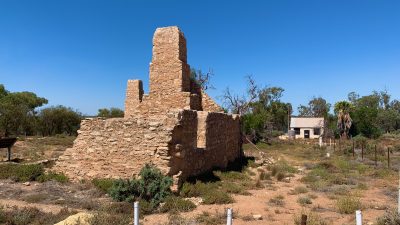
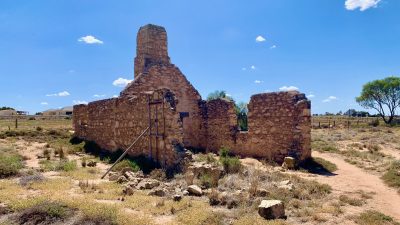
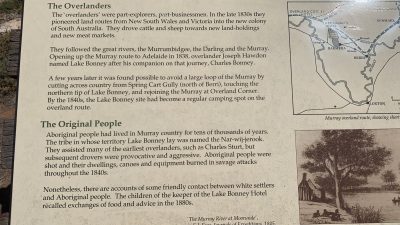


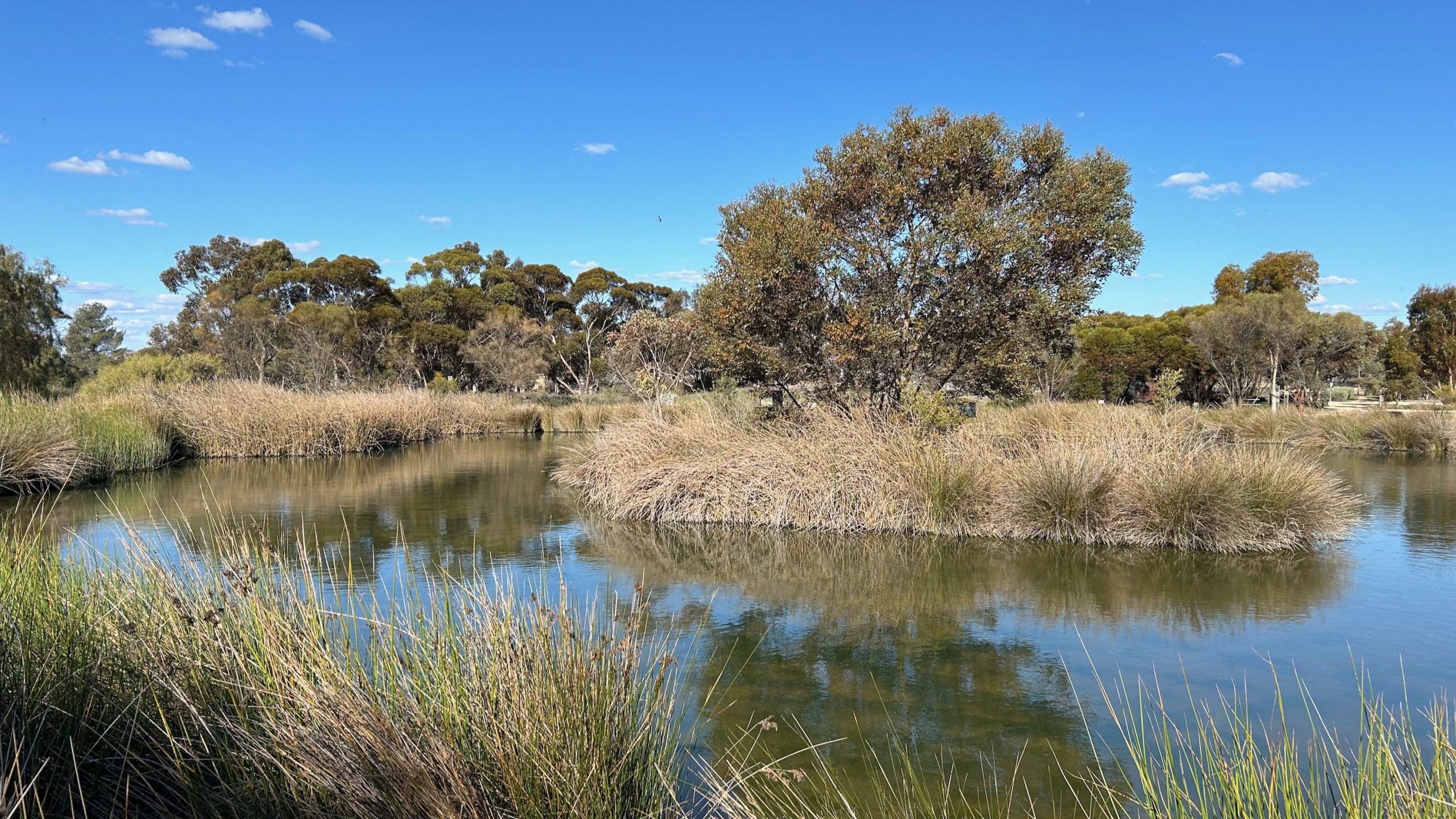
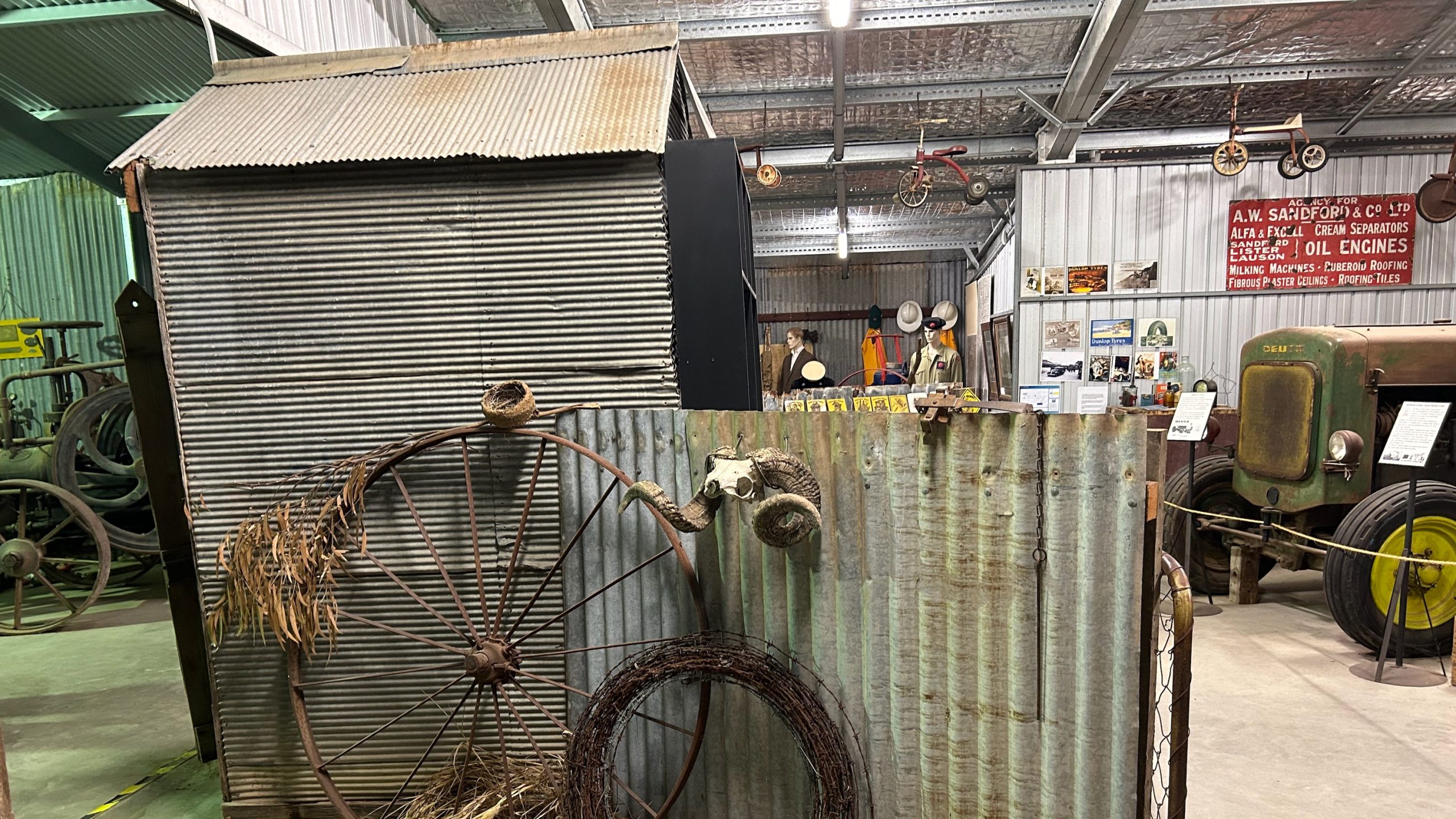
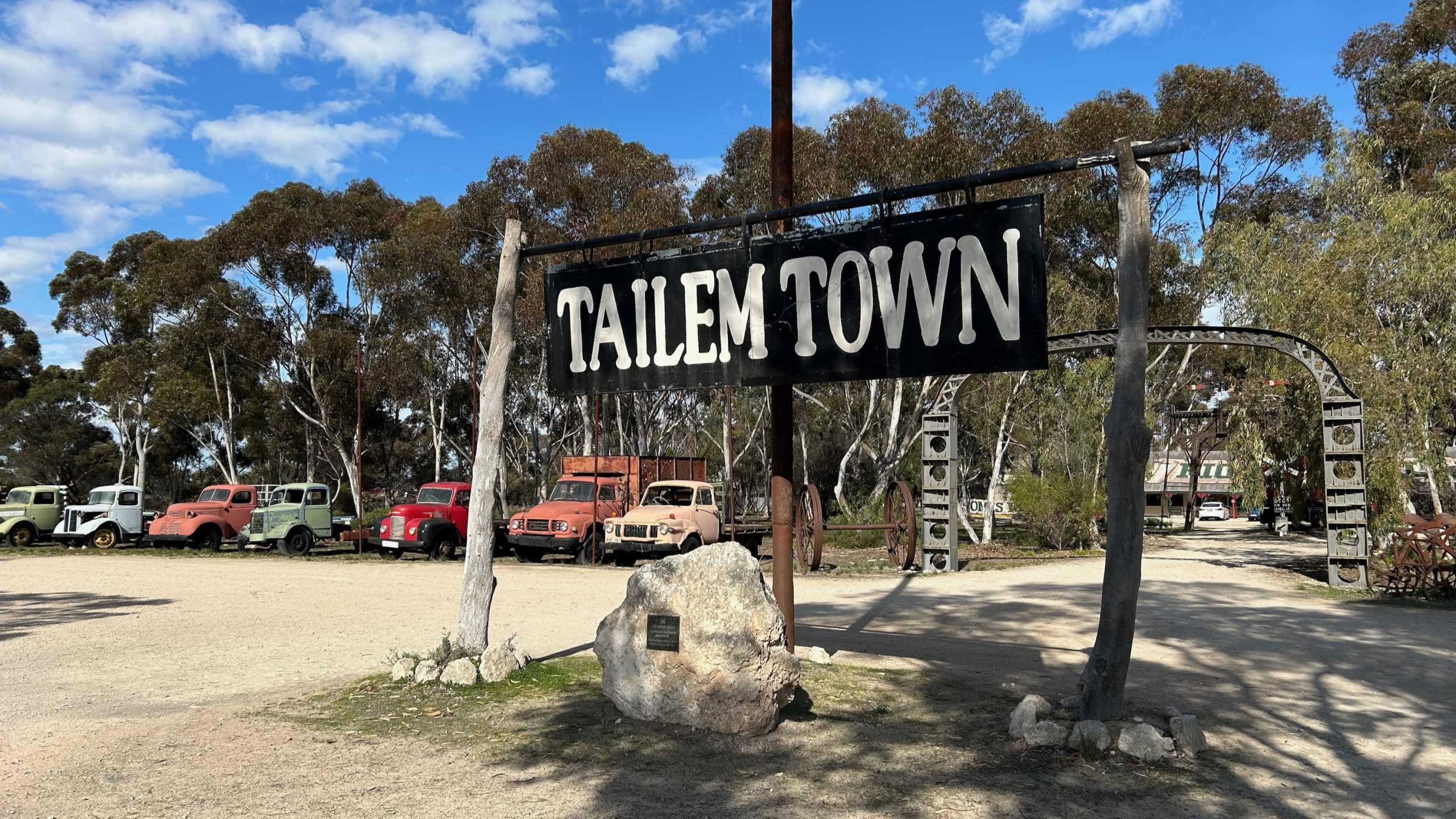

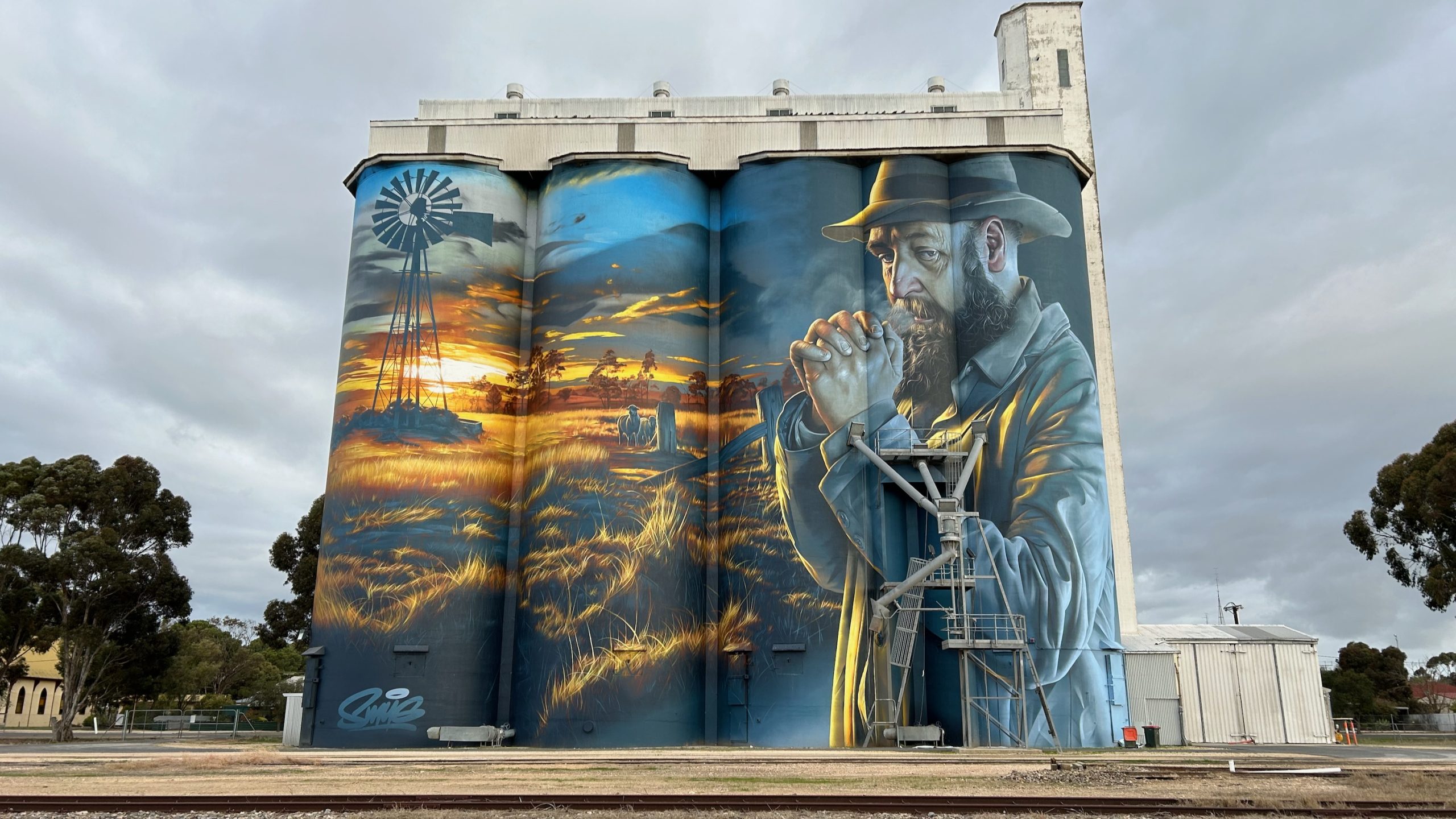



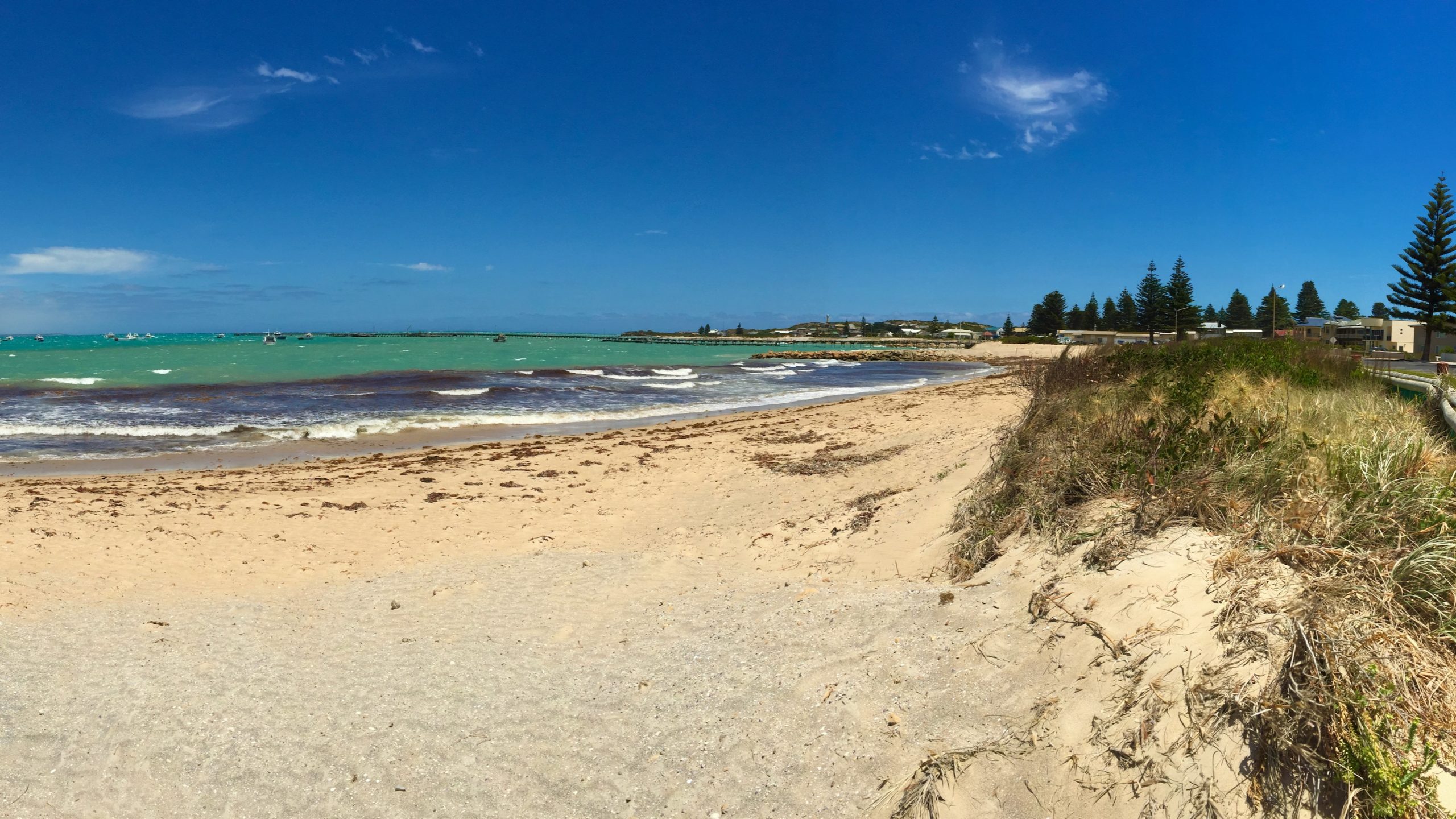
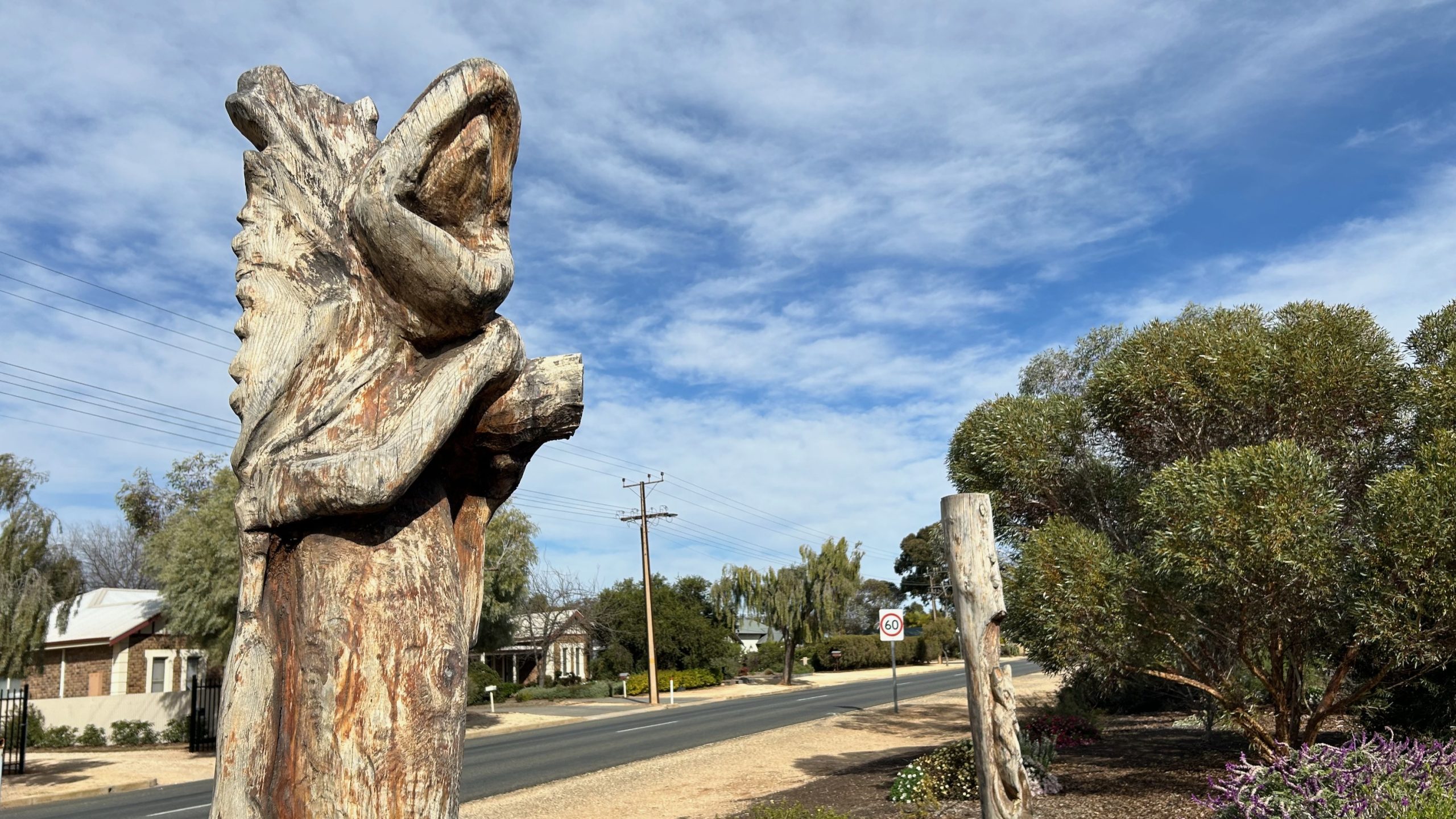
Leave A Comment